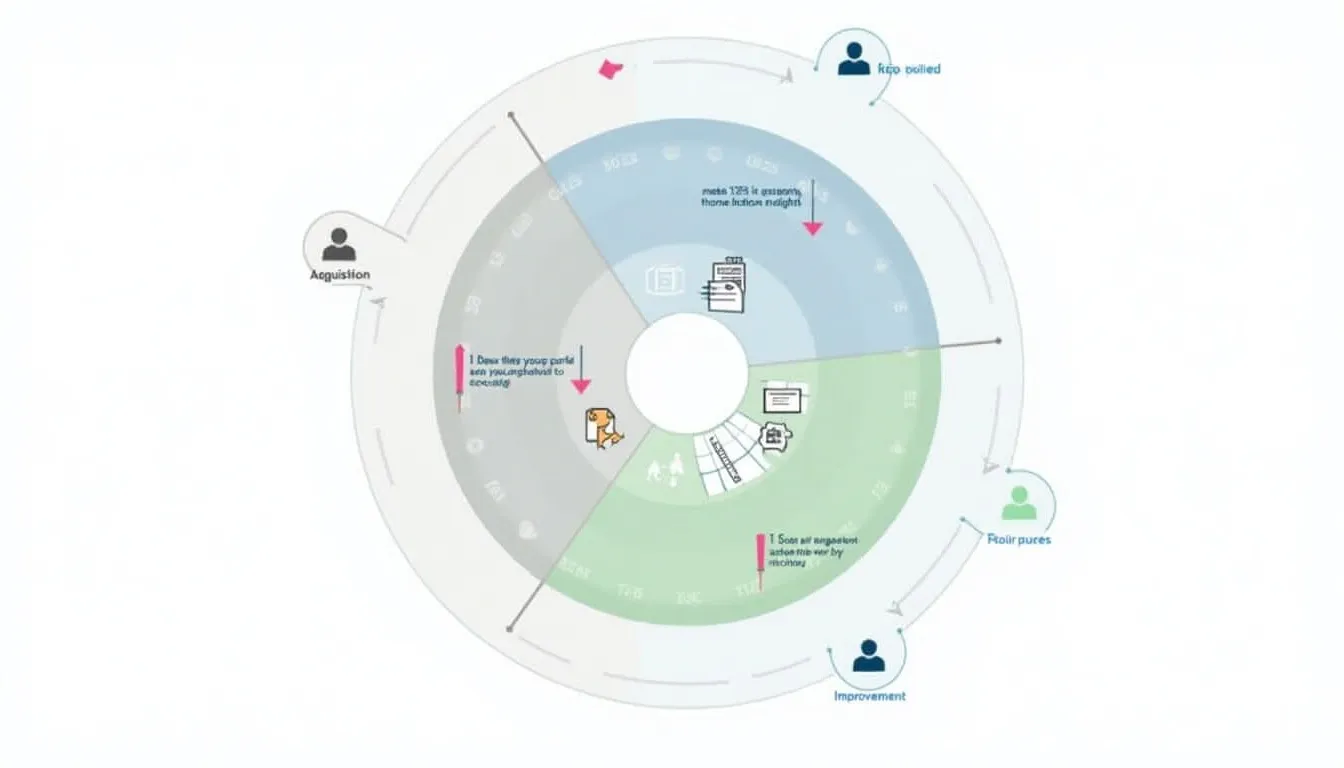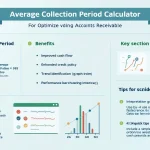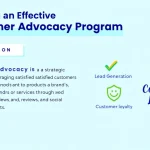Is this tool helpful?
How to use the tool
- Product/Service Description
• “A telehealth platform connecting dermatologists with patients via secure video.”
• “Biodegradable phone cases made from plant-based polymers.” - Customer Acquisition Tactics
• “Sponsor a niche running podcast and cross-post clips on Reels.”
• “Offer a student discount through verified-ID platforms.” - Acquisition Metrics
• “Cost per demo booked, landing-page conversion rate.”
• “Number of qualified sign-ups from referral links.” - Customer Retention Strategies
• “Release weekly expert-led live streams for subscribers.”
• “Set up automated reorder reminders.” - Customer Engagement Tactics
• “Gamify progress with badge rewards in the app.”
• “Run quarterly community design contests.” - Retention & Engagement Metrics
• “Monthly recurring revenue churn, daily active sessions.”
• “Average order frequency per user.” - Customer Feedback Collection Methods
• “In-app emoji sliders after each session.”
• “Moderated usability tests every sprint.” - Product/Service Improvement Strategies
• “Prioritise features voted top-3 in forums.”
• “Streamline checkout flow based on heat-map drop-offs.” - Improvement Impact Metrics
• “Support ticket volume drop.”
• “Increase in upsell rate per cohort.” - Continuous Feedback Loop Process (optional)
• “Monday stand-up reviews NPS and churn dashboard.” - Feedback Tools & Platforms (optional)
• “Hotjar, Intercom, Tableau.”
Practical workflow
- Complete every field with specific tactics and quantifiable KPIs.
- Click “Generate Growth Flywheel Plan” to receive a structured outline you can paste into project docs.
- Review suggested next steps, assign owners and deadlines, then track listed metrics weekly.
- Re-open the form after each sprint, update results and iterate your tactics to keep the flywheel turning.
Quick-Facts
- Average SaaS customer-acquisition cost sits at $205 (ProfitWell, 2023).
- A 5 % boost in retention raises profits 25-95 % (Reichheld, HBR 2020).
- NPS above 50 is “excellent” (Bain & Company, 2021).
- 72 % of customers share positive experiences with six or more people (American Express, 2017).
FAQs
What is the Growth Flywheel Calculator?
It is a planning form that structures your acquisition, retention, engagement and improvement ideas into one repeatable growth loop, based on HubSpot’s flywheel model (HubSpot, 2022).
How does it differ from a classic sales funnel?
The flywheel recycles existing users into promoters, using their energy to drive new acquisition, whereas funnels end after conversion (Halligan, 2018).
Which metrics should I prioritise first?
Start with customer acquisition cost, churn rate and Net Promoter Score; they correlate strongly with revenue growth (McKinsey, 2021).
How frequently should I revisit the plan?
Update inputs after every two-week sprint so you can react to metric changes quickly and keep momentum.
Can small teams benefit?
Yes. A two-person startup can map lean tactics, focus on one metric at a time and iterate faster than larger firms (Y Combinator Guide, 2022).
What tools integrate well?
Analytics: Google Analytics 4; Feedback: Typeform; CRM: HubSpot; each offers free tiers for early-stage budgets (Product pages, 2023).
How do I set a realistic Net Promoter Score goal?
Target at least 30 to start; cross-industry median is 32, while elite brands exceed 50 (Satmetrix Benchmark, 2022).
Why include a continuous feedback loop?
“Ongoing feedback prevents feature rot and keeps product-market fit sharp” (Product-Led Growth Institute, 2021).
Important Disclaimer
The calculations, results, and content provided by our tools are not guaranteed to be accurate, complete, or reliable. Users are responsible for verifying and interpreting the results. Our content and tools may contain errors, biases, or inconsistencies. Do not enter personal data, sensitive information, or personally identifiable information in our web forms or tools. Such data entry violates our terms of service and may result in unauthorized disclosure to third parties. We reserve the right to save inputs and outputs from our tools for the purposes of error debugging, bias identification, and performance improvement. External companies providing AI models used in our tools may also save and process data in accordance with their own policies. By using our tools, you consent to this data collection and processing. We reserve the right to limit the usage of our tools based on current usability factors.







